Famous Kolodko sculptures in Budapest – where to spot the miniature guerrilla art
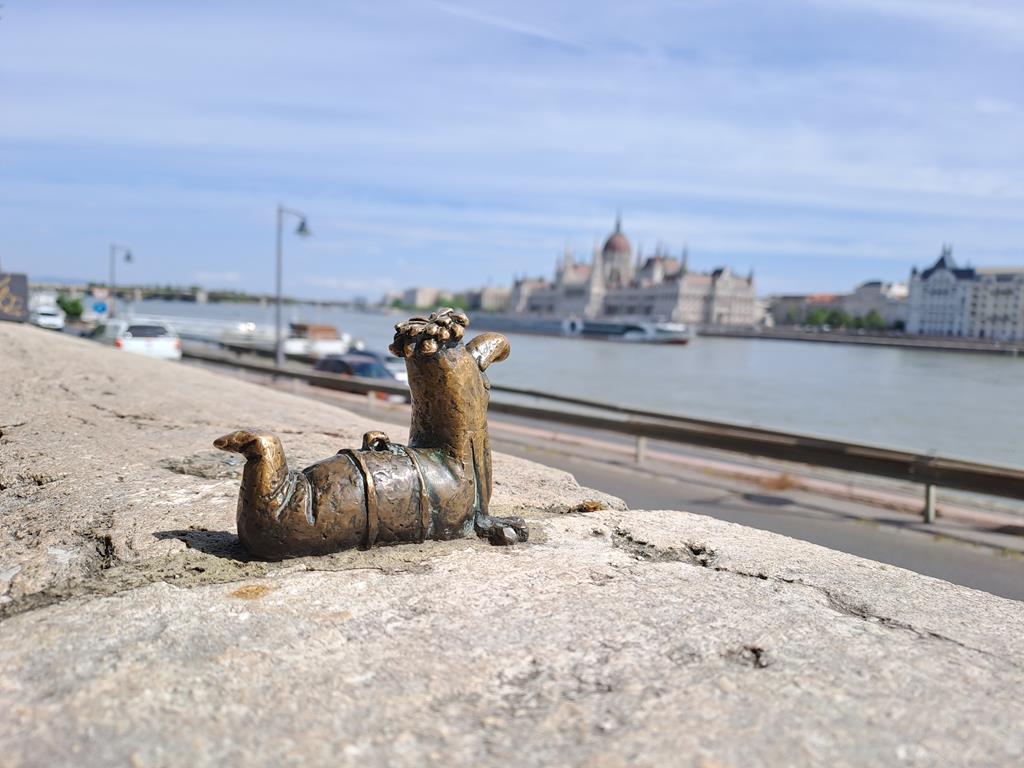
Walking around Budapest, you probably have run into Kolodko sculptures already. A small bronze frog near the sidewalk, a dog sitting near some concrete flowerbeds, or a famous historical figure relaxing in a hammock between the bars of a bridge. All of these playful figures are from the same artist, Mihály Kolodko. Here are some of his most well-known pieces, and some tips on how to find them all on your next walk.
Who is Kolodko, whose art pieces are an iconic feature of the capital?
Mihály Kolodko is a Ukrainian-Hungarian sculptor from Transcarpathia. He studied at the Lviv Academy of Arts, graduating from the department of monumental structure in 2002. For a long time, he did not specialise in miniature sculptures. It was only in 2010, Kolodko shares on his website, that he took an interest in miniatures.
“It gave me a lot of advantages: speed, mobility, value, and the confidence that even in small form, it is possible to depict monumental idea (sic),” he writes.
He first placed mini-sculptures in Ungvár, then moved to Hungary in 2017, and the so-called guerrilla Kolodko sculptures have been colouring Budapest’s public spaces ever since. They are called guerrilla sculptures because, as he told Főtér.hu, he does not request any kind of permission from the authorities before displaying them.
“[At home], we learned that if we want to achieve something, we should not wait for others, orders or miracles, but we should realise our dreams ourselves. That’s why I made the small sculptures myself in several places,”
he told the paper.
Today, the miniature Kolodko sculptures are a staple of Budapest: from beloved Hungarian cartoon characters to historical figures, his works span a wide and colourful array. Here are some of the most famous examples of his work that you might have run into already when out and about in the city.
The miniature Kolodko sculptures tell stories
Perhaps the most charming sculptures – certainly for Hungarians – are the ones that portray old Hungarian cartoon characters, such as the Főkukac or the Kockásfülű Nyúl (The Check-Eared Rabbit).
Főkukac is the devoted worm friend of the fisherman in the Hungarian 1980s cartoon, The Great A-a-angler (A nagy ho-ho-horgász). This was the first guerilla Kolodko sculpture in the city, szeretlekmagyarorszag.hu highlights. The story about the dedicated fisherman trying his hardest to catch some fish was one of Kolodko’s favourites as a child. Főkukac watches passers-by on the Bem wharf near Halász Street.
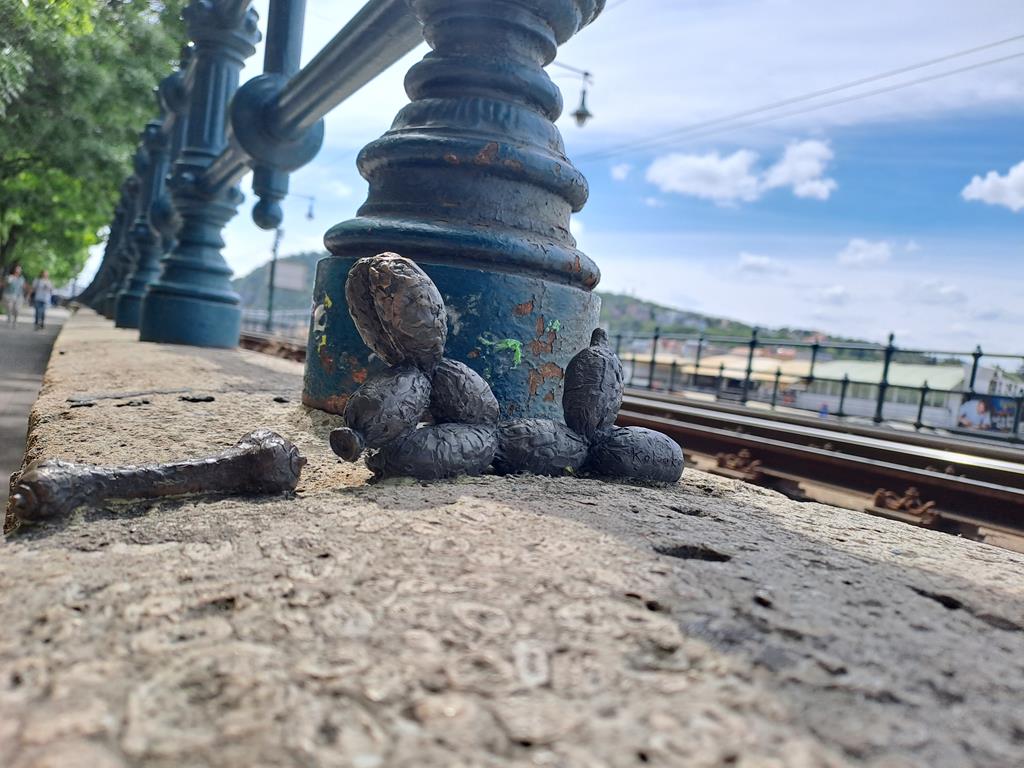
There are also sculptures dedicated to Hungarian inventions, such as the Rubik’s cube on the Bem wharf.
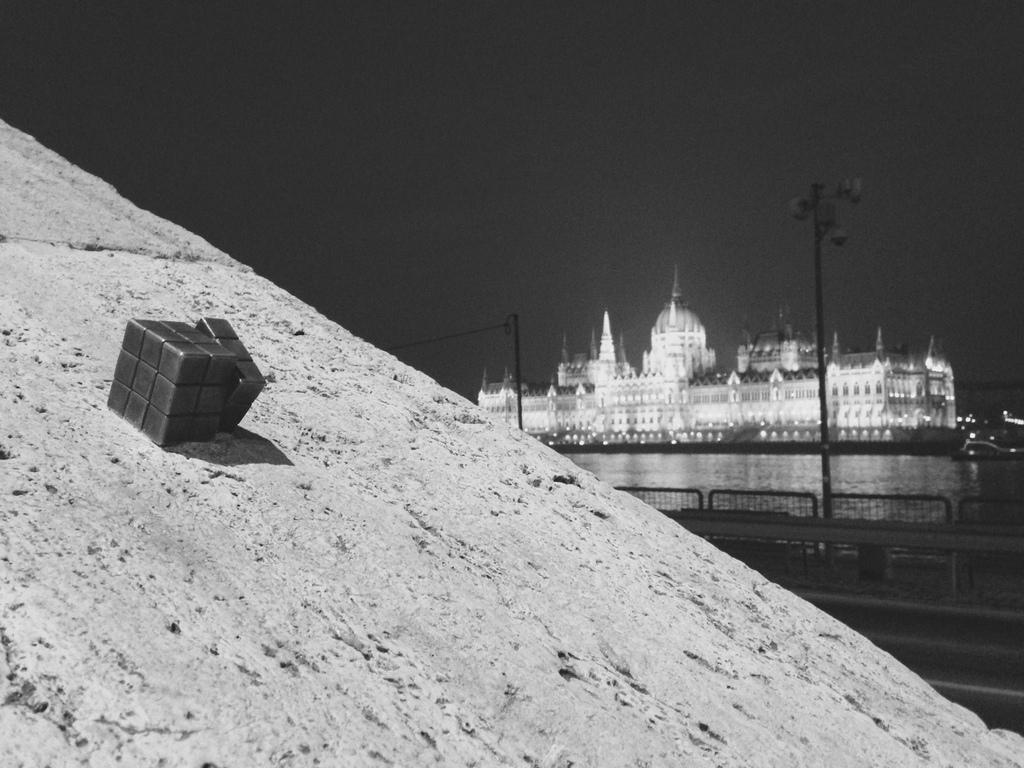
Not far from the cube, a sad tank commemorates the 1956 revolution. “I made a small tank with its cannon barrel sticking down, to signify that he is also ashamed of what they do to him,” said Kolodko about the message behind the work.
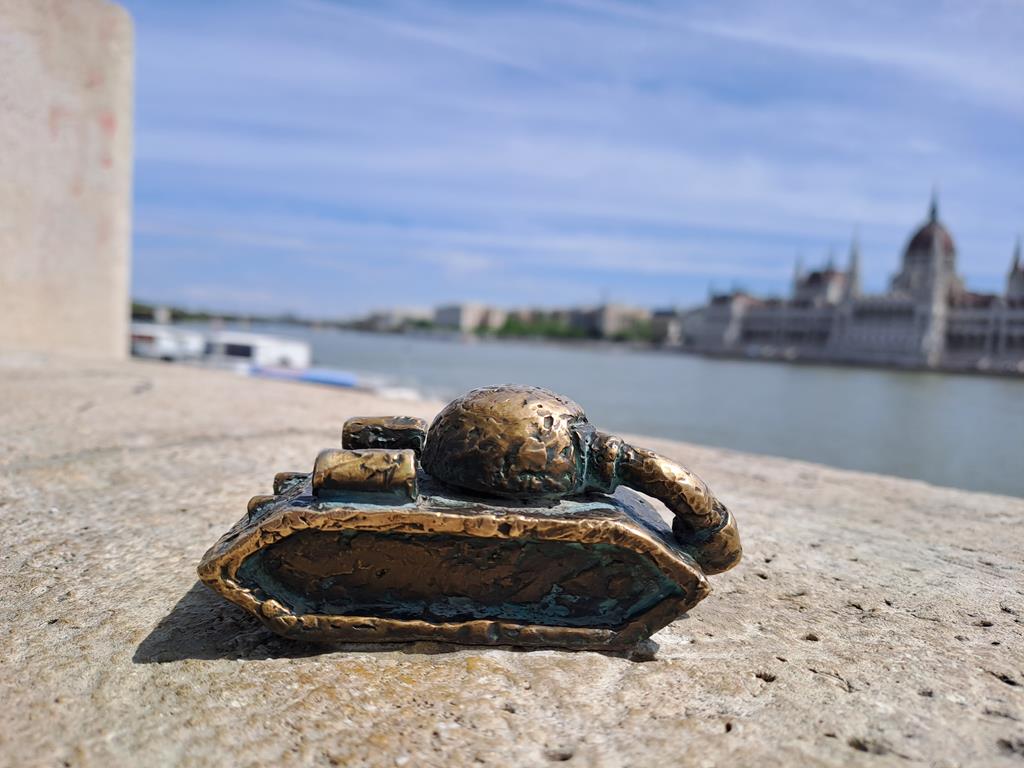
Other Kolodko sculptures refer to famous anecdotes. Next to New York Café, a tiny diver holds a key. According to stories, the famous Hungarian writer, Ferenc Molnár (author of Paul Street Boys), had such a good time in the café one night among his fellow writers that he threw the establishment’s key into the Danube, trying to prevent the place from ever closing.
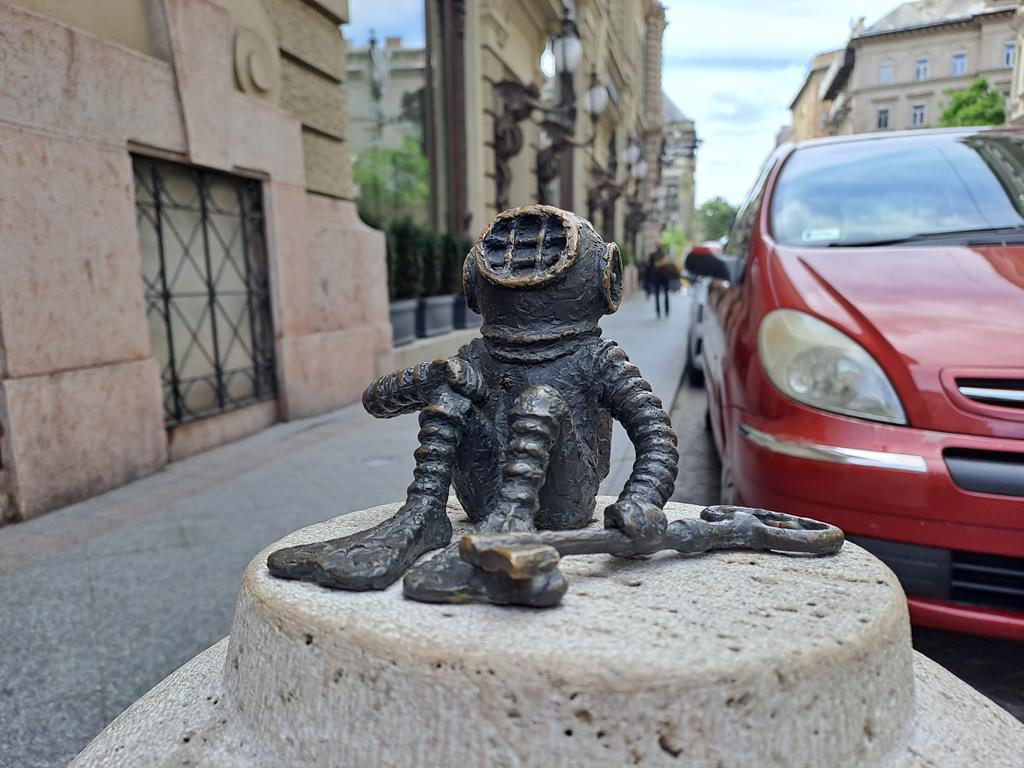
And the newest Kolodko sculpture: Chuck Norris tied up on the Pest side of the Megyeri Bridge. The choice of subject is no accident: as szeretlekmagyarország.hu reports, when the bridge was being built, there was a vote to decide its name. Many people wished to name the bridge after Chuck Norris.
Unfortunately for them, since no bridge in the country can be named after a person who is still alive, it could not take on the name of the famous star. (American comedian Stephen Colbert also performed well in the vote, but Colbert Bridge could not become a legal name choice either.)
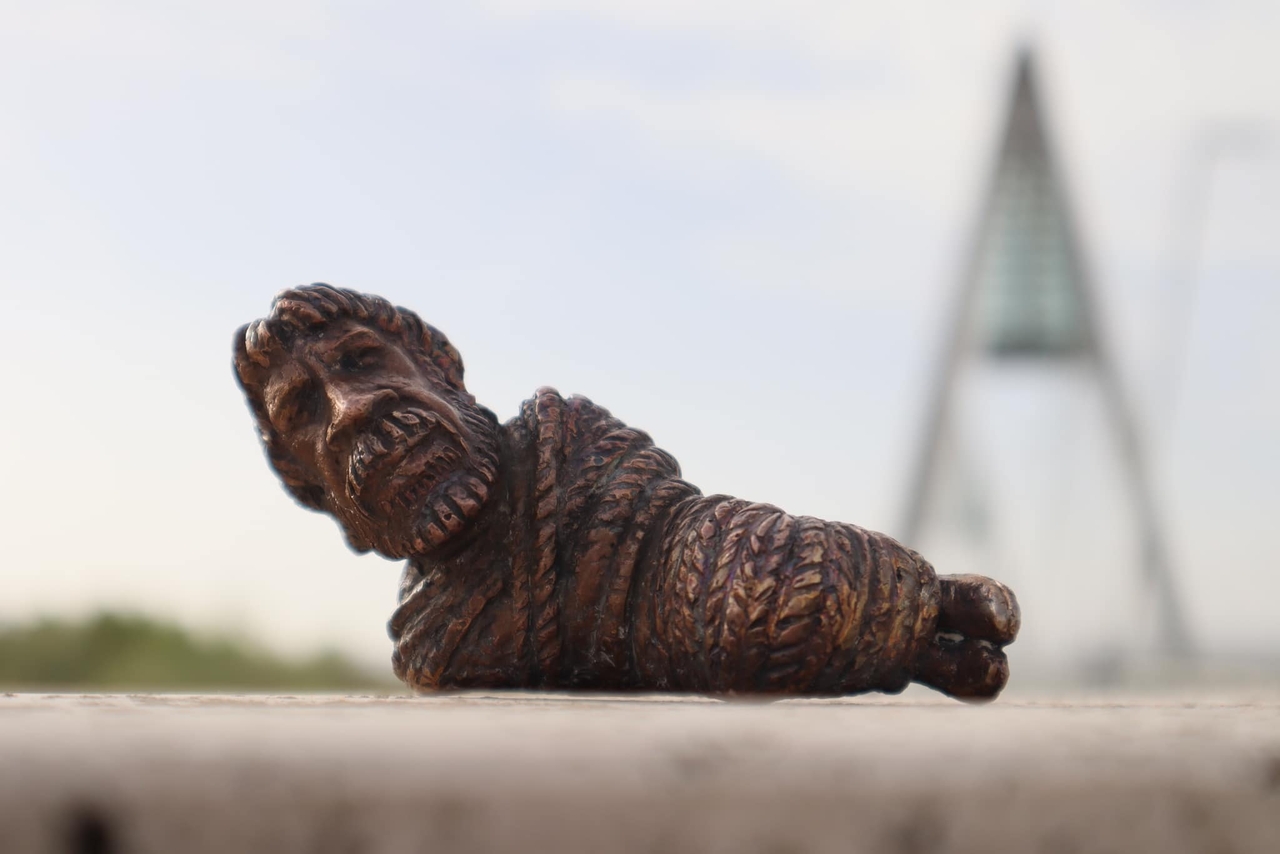
Go on themed walks to find the hidden Kolodko sculptures
The above list is only a part of the sculptor’s creations. For those who would like to discover all the hidden treasures in the city, the Korzózz Velünk group also organises thematic walks around the statues in Budapest.
As they write,
“During our wanderings, we learn the history of the creator and his slightly humorous, slightly ironic works, and of course, we get a glimpse into the world of ‘street art,’ public art that was persecuted in the past, but is now tolerated, accepted or loved.”
The community offers three different tours:
- the “Small walk of the mini-sculptures” takes about 2-2.5 hours,
- the “Big walk of the mini-sculptures” is 3 hours and roughly 4 kilometers long,
- the “Mini-sculpture walk in Buda” is also approximately 3 hours long.
You can sign up for the walks individually or in groups. During the walk, the participants can find out how many Kolodko sculptures can be seen during a single walk, the function of the mini-sculptures, how Kolodko chooses the locations, and most importantly: what message can these small works convey to the viewers?
The website of Korzózz Velünk and the three walks are available here, here, and here.
And for those who would like to follow their own path, kozterkep.hu has compiled a map of the Kolodko sculptures here.
Read also:
- From foreign hands to Hungarian hearts: Famous Boci chocolate returns home!
- 3+1 beautiful hiking destinations to explore this spring in Hungary
Source: Szeretlekmagyarorszag.hu, Foter.hu, Kolodko Art, Korzózz Velünk




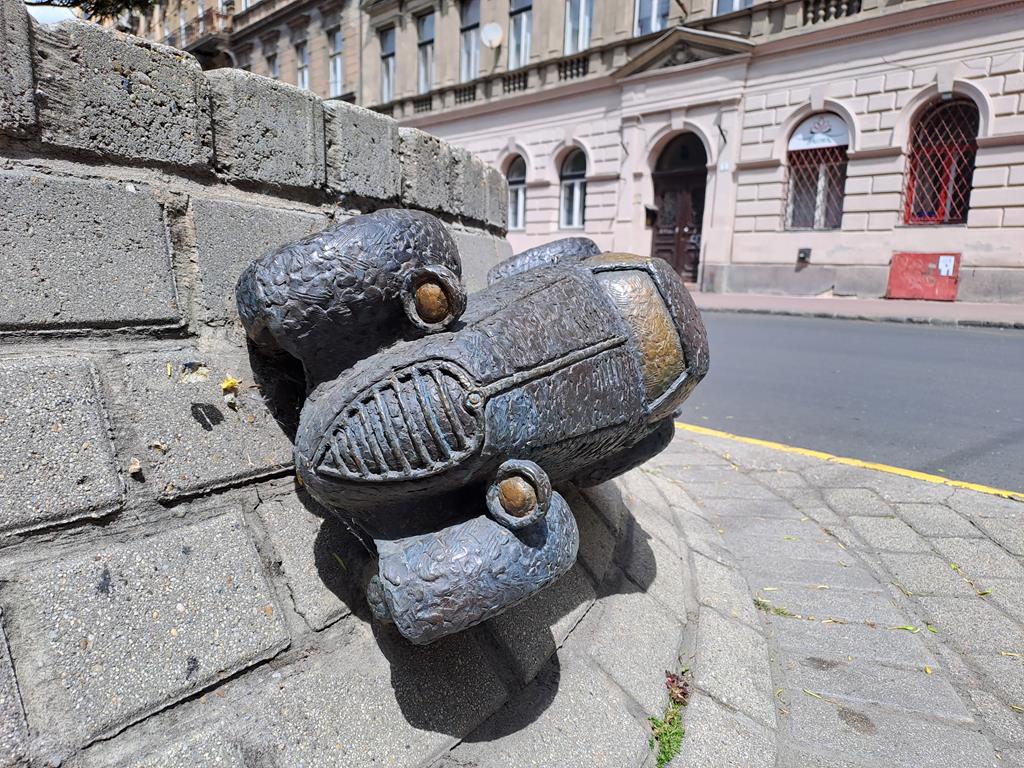
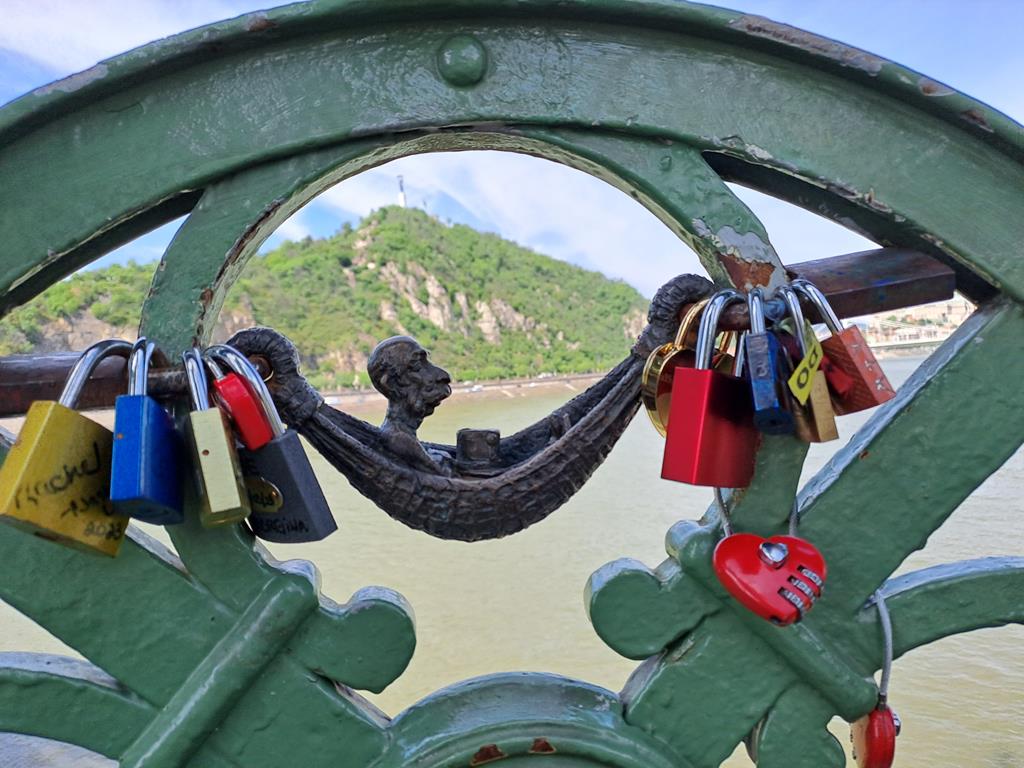
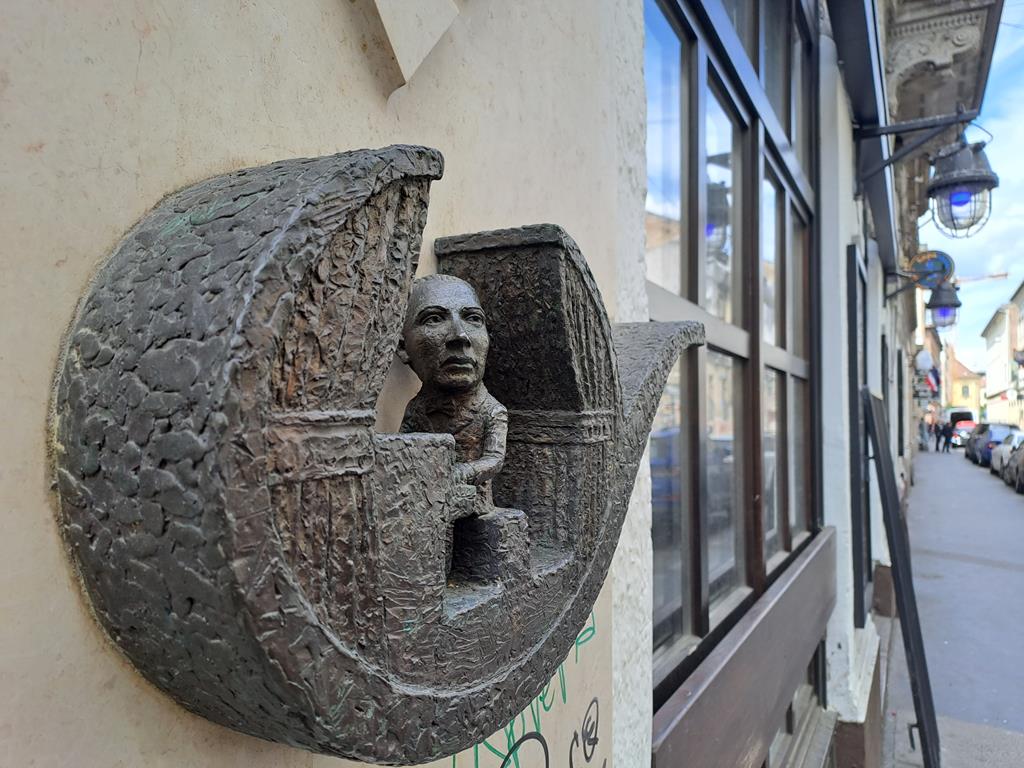
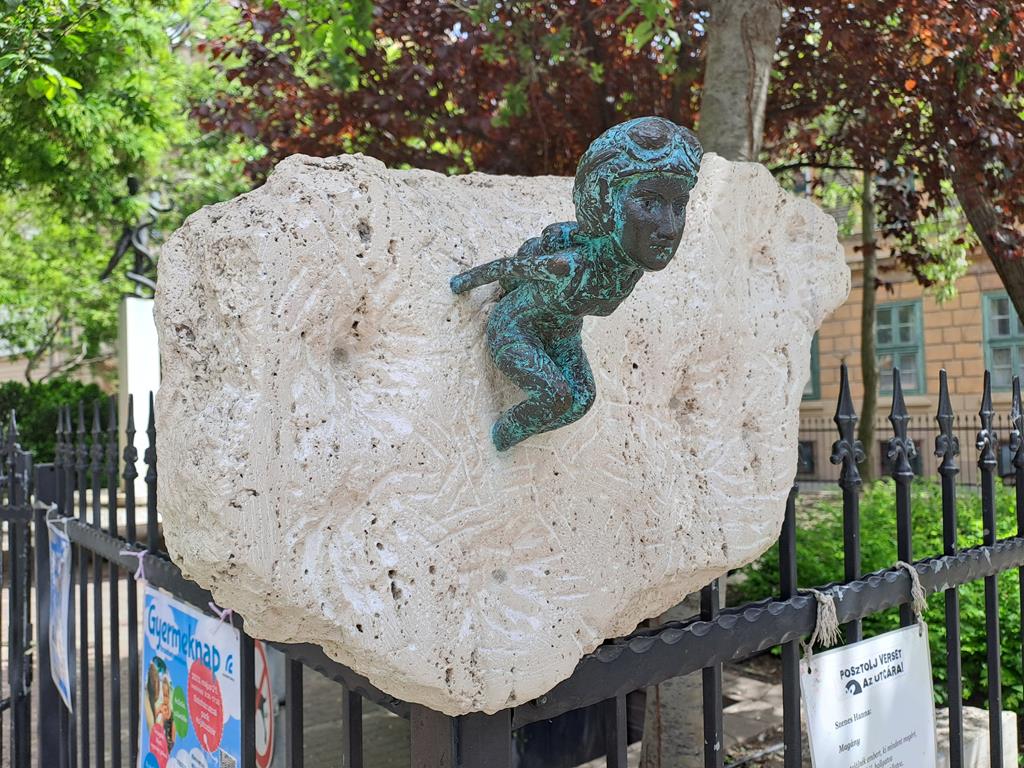

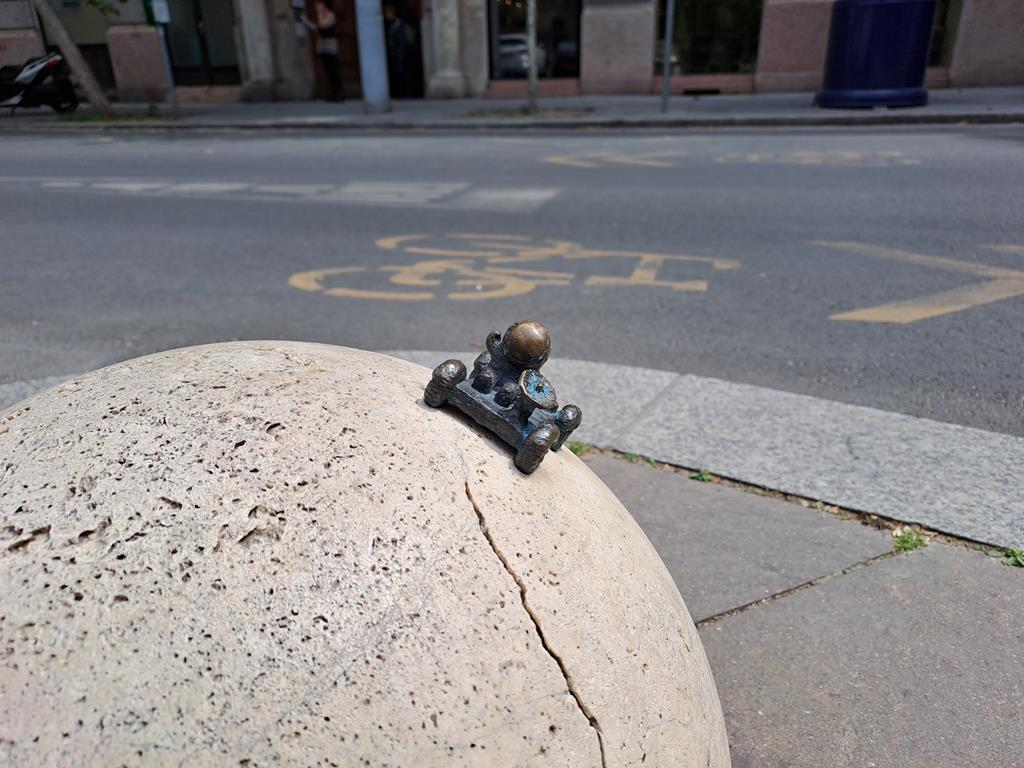
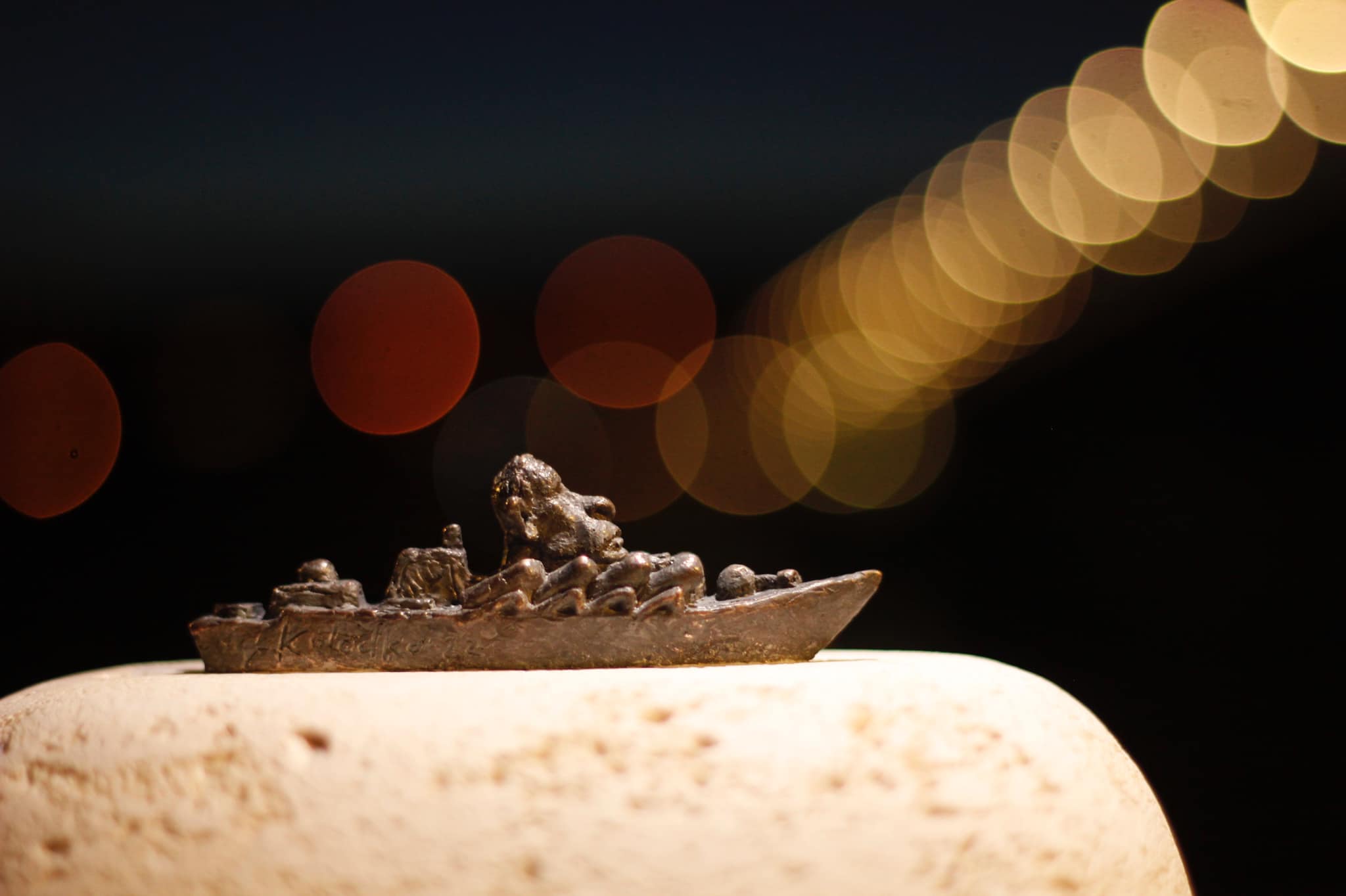
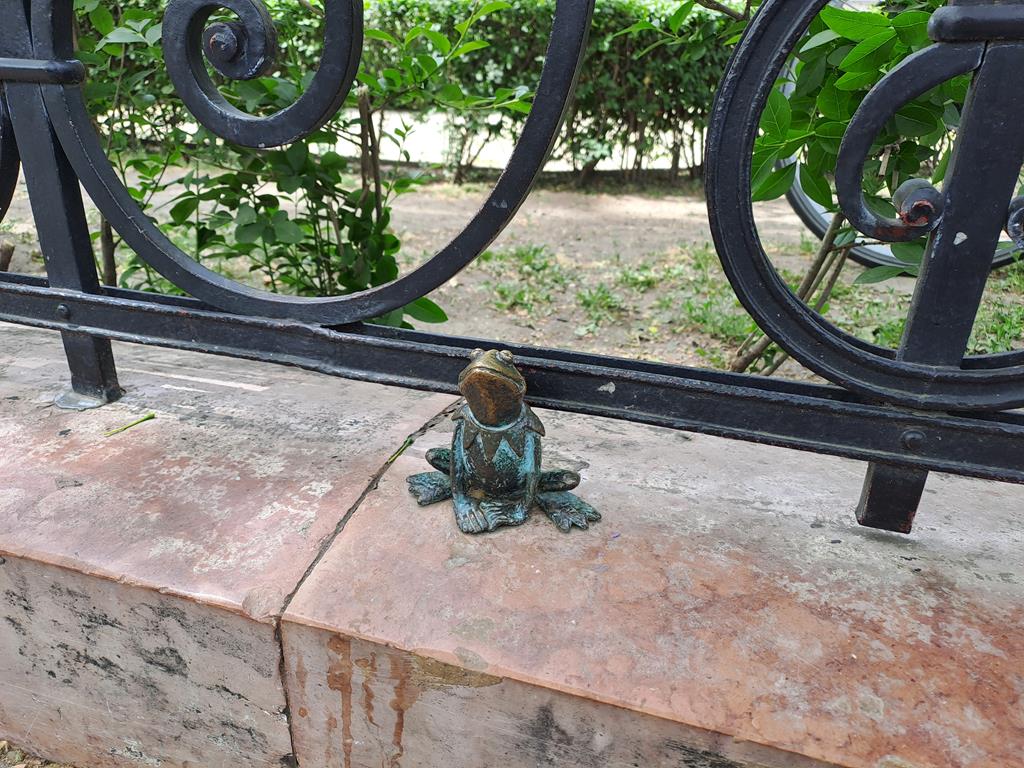
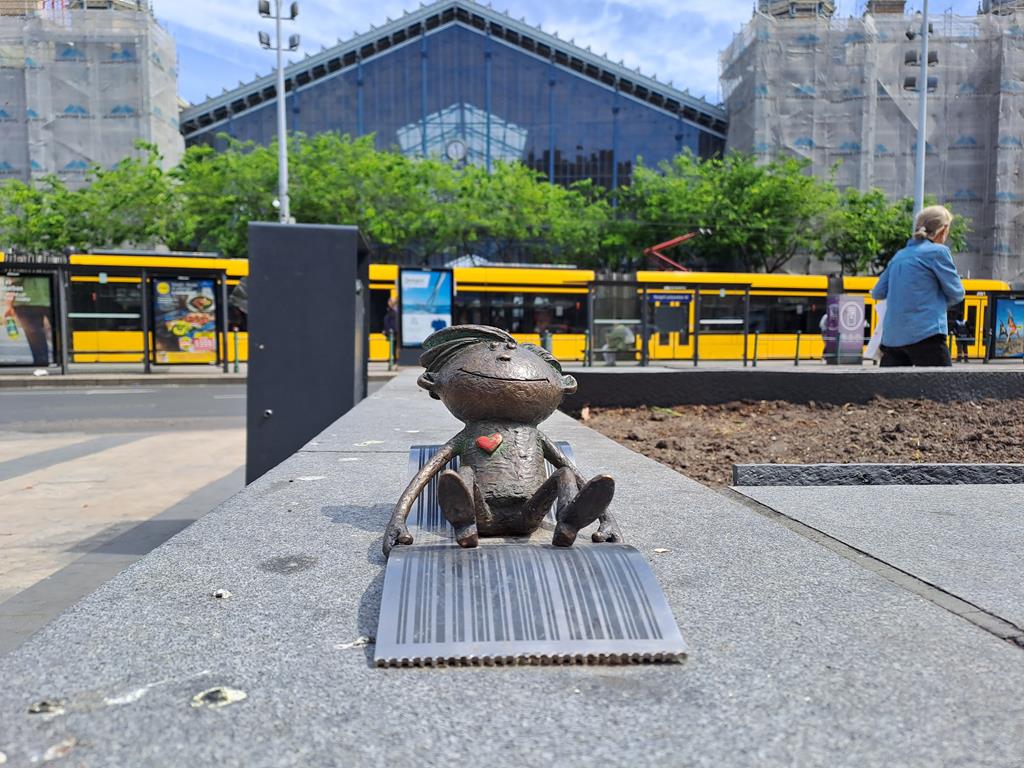
Great!!!